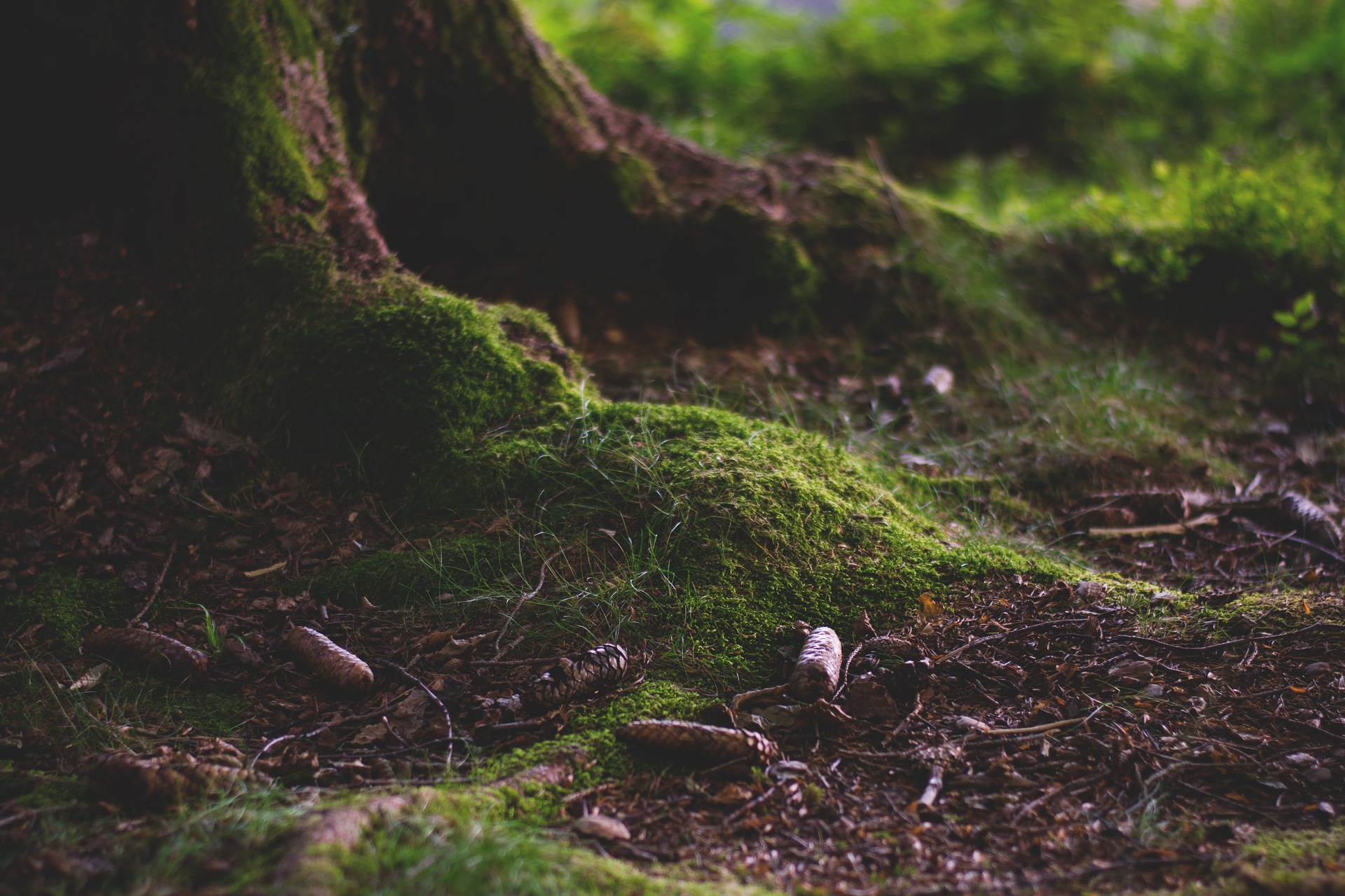How to Save Forests? Run Them Like a Business, Says This Former Wall Street Man
Author: Carolyn Beeler | Published: December 28, 2016
The sun is just starting to dip toward the horizon in Indonesian Borneo, and Dharsono Hartono is standing on a fire tower, looking out over a peat forest falling into shadow.
Hartono knows that all over Indonesia, this carbon-rich type of forest is being burned or cleared for palm oil or paper pulp plantations.
But when he looks down from the fire tower with his businessman’s eye, Hartono is more interested in the soil than anything he could plant in it.
“Unlike the typical mineral soil,” Hartono says, “peat soil is actually dead wood, leaves and logs that become part of the soil.”
The layers of wood and decomposing leaves create a forest floor so thick it bounces when Hartono steps on it.
All those decomposing plants contain lots of carbon, which means peat forests store more greenhouse gases than a regular tropical rainforest.
If the forest in front of Hartono were converted to plantations like much of Borneo already has been, tons of carbon would be freed from the soil and released into the atmosphere, where it would contribute to global warming.
“It would emit about 6 million tons of carbon dioxide-equivalent,” Hartono says. “Which is in this case close to about 5 million cars a year.”
Hartono’s job is to prevent that from happening. And to make sure his company turns a profit along the way.
He is the CEO and co-founder of the Katingan Project, which manages 600 square miles of land in the Indonesian province of Central Kalimantan.
The project aims to protect the peat forest, then sell carbon credits based on the amount of greenhouse gasses they can keep sequestered in the ground.

